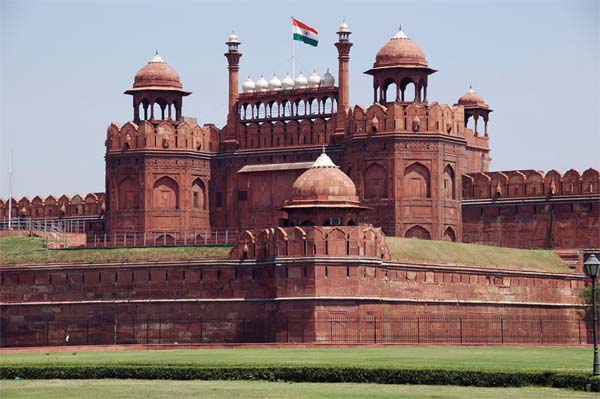Apr 17, 2024
Apr 17, 2024
This is where India's dreams coalesced during the First War of Independence in 1857; 90 years later on Aug 15, 1947, this is where millions gathered to watch first prime minister Jawaharlal Nehru mark the end of British rule as he unfurled the tricolor; and this is from where Prime Minister Manmohan Singh addressed the nation on the country's 61st Independence Day.
The imposing 17th century Red Fort in the Indian capital New Delhi is more than a piece of the past, it is a symbol of India's present - and future.

18-Aug-2008
More by : Madhusree Chatterjee